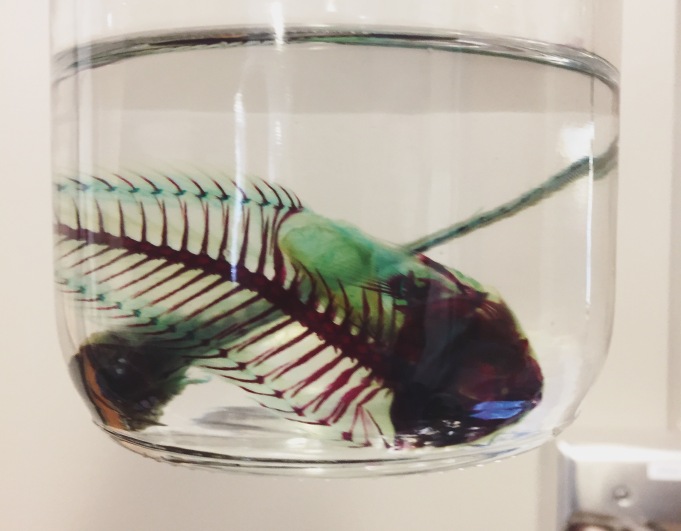This week, eco-artist Brandon Ballengée visited The Ohio State University. He discussed the modes of conveying environmental issues, particularly pollution and extinction. During his artist talk at the Wex, he mentioned the various influences writers and activists have had on his work. Some of these included Bill McKibben, Jared Diamond. This reminded me, and hopefully others in the audience, the importance of interdisciplinary work mentioned in my last post. In order to confront complex, interwoven, even wicked issues linked to climate change, it is necessary for people in a vast number of fields to consider these issues from their perspectives with their own specializations.
It is difficult to grapple with extinction, as Brandon mentions and demonstrated through his work; therefore, it is even more difficult to incorporate citizens from across the nation—and even worldwide—in projects that can appear as polarizing politically or ideologically. As a biologist and artist, he works to combine science with education, activism, and art. This is something we must attempt to achieve on a slightly different scale when working with an environmental nonprofit such as FLOW.
These images demonstrate a few of the stained and dyed species that belong to his portable museum. It’s extremely enthralling to look into these jars and sees the artwork almost as a living (though not literally) piece that’s interactive and informative. He mentioned bringing his portable museum across the country, encouraging students, children, adults, whoever is around to investigate the boxes. Without pushing audiences away with polarizing images or activist rhetoric, he manages to engage an even broader group of surveyors. FLOW manages to engage locals in a similar manner; however, we have yet to achieve a wider, more consist audience. It’s possible that a more diverse variety of outreach events and projects could engage the community on a new level.

